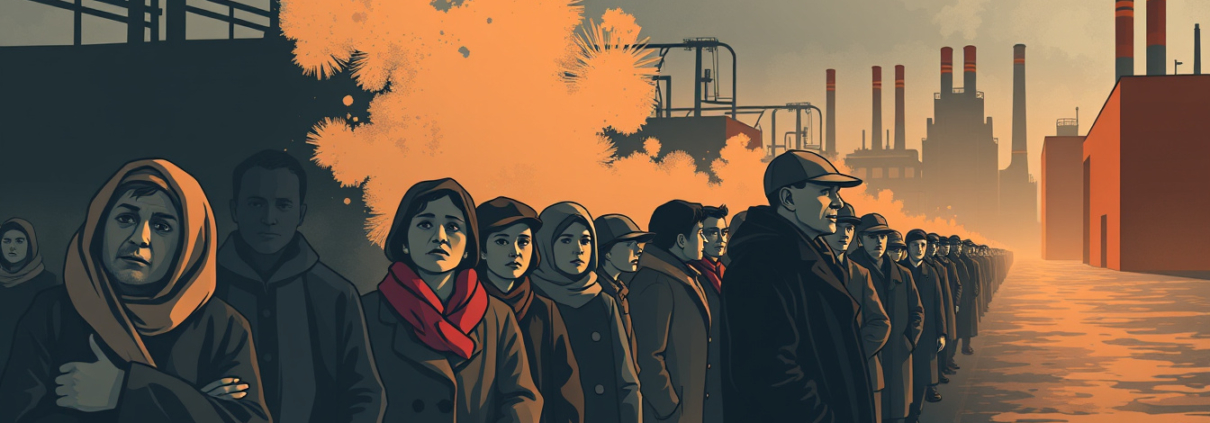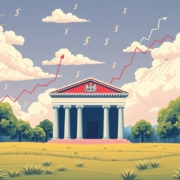💼 Job Losses and Unemployment: The Human Cost of the Great Depression 👥
The Great Depression was a deep economic crash that hurt many people. Economic data and market numbers lead most talks, but we must keep the human cost in view. Millions of Americans lost jobs. Unemployment and deep fear touched whole families.
The Shattered Lives Behind the Numbers
In 1929 a fall in the stock market cut nearly half the value of stocks. Many people felt the shock. For example, the narrator’s father worked as a security salesman for a local bank. Stocks lost almost 83% of their value in two years. This drop did more than affect Wall Street; it broke lives.
The father lost his job when the bank closed. With two children to care for, he and his family faced hard times. His own father, who ran a grocery store, helped by letting bills run a bit. Still, job loss hurt whole families and local groups. Many banks closed and wiped out the savings of countless people. Without a safety net like the FDIC today, many Americans lost what they had built.
Psychological Scars and the Long Shadow of 1929
People kept memories of hardship from the Depression. Many saw 1929 as a mark on history like 1776 or 1492. Even when work returned, fear stayed for many years:
• People stayed cautious and did not trust the economy easily.
• The stock market took decades to show growth; the Dow did not reach its 1929 peak until 1951.
• The Depression stayed in people’s minds long after the worst years passed.
This fear of another crash made many watch the economy and government choices with doubt for years.
Government Response and the Birth of New Safeguards
The Depression set off actions to guard against future harm. In 1934 the government started the FDIC. This step insured bank deposits and restored calm in banks. In the time of World War II, a switch to Keynesian policies meant big government spending. This spending pushed the economy into a growth track after long hard years.
Recovery and Reflection: A Slow Return to Prosperity
Even with strong gains, the Depression left a deep mark on American life. Stock prices and trust in markets took time to lift. In the 1950s, when the Dow passed its 1929 level in 1954, many still feared a repeat of the past. The memory of that time stayed with many people.
Conclusion
The Great Depression was more than an economic crash. People lost jobs, savings fell, and deep stress took hold. The period changed government rules and built new checks for the average person. We must see the human cost when we study this part of American history.
FAQs
Q1: How high was unemployment during the Great Depression?
A1: Unemployment reached around 25% at its worst. Millions lost work and had trouble feeding their families.
Q2: How did the FDIC help after the bank failures?
A2: The FDIC insured bank deposits so that, even if a bank closed, people did not lose all their money. This step stopped bank runs.
Q3: When did the stock market regain its 1929 peak?
A3: The market did not climb back to its 1929 high until 1951. This long wait shows the deep impact of the Depression.









